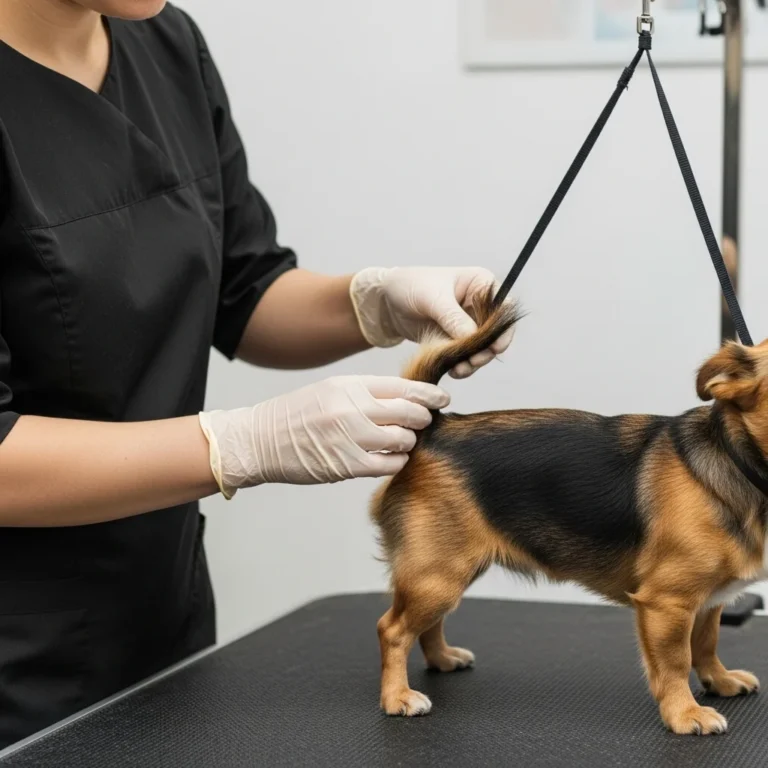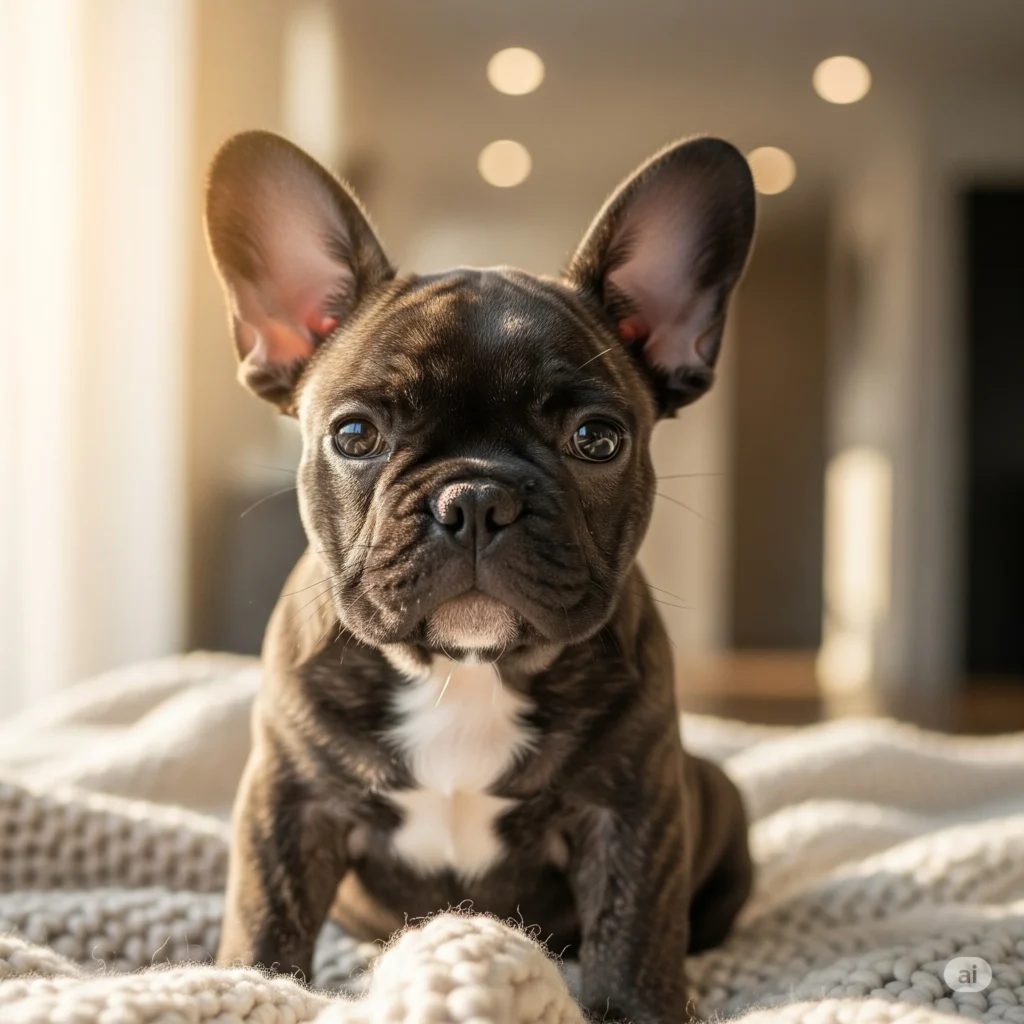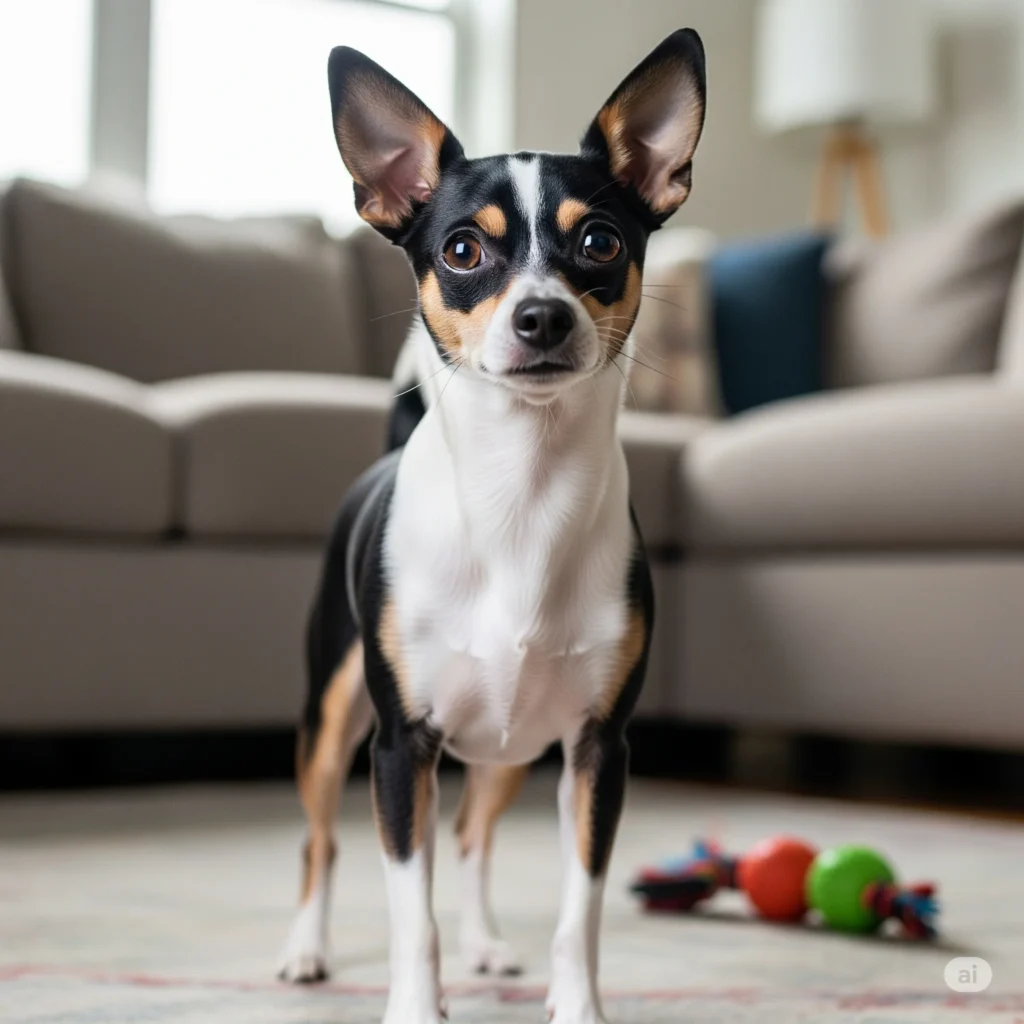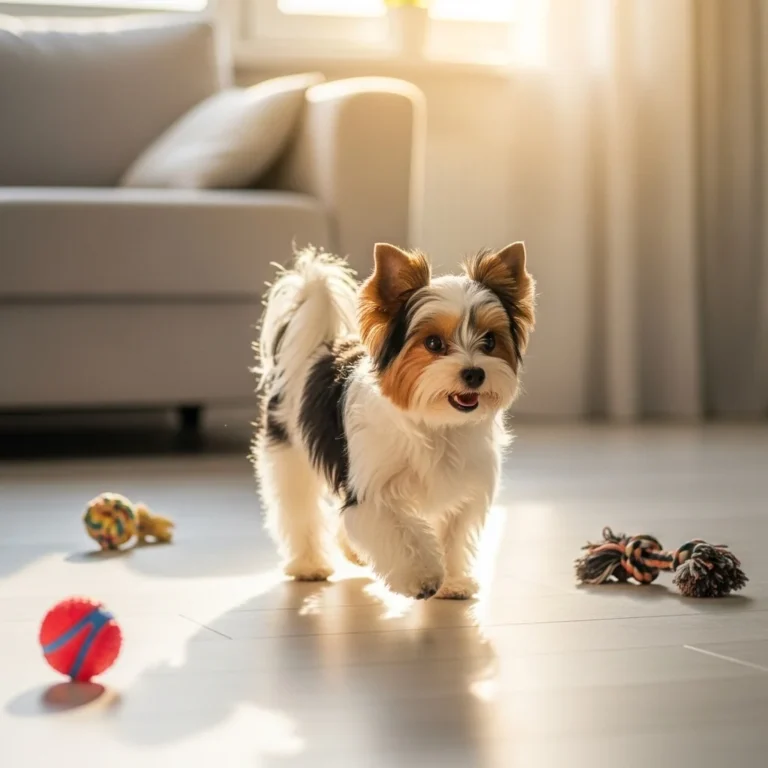
dog anal gland expression
Alright, let’s be honest — no one really wants to talk about dog butts. But if your pup has been scooting across the carpet, giving off a weird fishy smell, or just acting uncomfortable back there, you might be dealing with the not-so-glamorous world of dog anal gland expression.
Don’t worry, you’re not alone — every dog parent runs into this mystery at some point. It’s one of those things that sounds way worse than it is once you understand it. So grab a cup of coffee, and let’s chat about what those glands do, when they get cranky, and how you (or your vet) can help your furry buddy feel way more comfortable.
1 — Essentials
What are anal glands (anal sacs) and what do they do?
Every dog has two little pockets — called anal glands — tucked on either side of their rear. These tiny sacs hold a strong-smelling liquid that helps dogs mark territory and say, “Hey, I was here!” when they poop. It’s basically their way of leaving a calling card. (source)
Where are a dog’s anal glands located?
Picture your dog’s behind like a clock face — the glands are around the “4 o’clock” and “8 o’clock” spots. (source) They’re just under the skin and usually empty themselves when your dog poops (if everything’s working smoothly).
How often do anal glands normally empty on their own?
For most dogs? Every single time they poop! When the stool’s firm, it naturally squeezes out the fluid. (source) But when the poop’s too soft or the glands get a bit lazy, that fluid can hang around and cause some serious stink trouble.
2 — Signs & Symptoms
What are the most common signs that a dog’s anal glands need expressing?
Scooting across the floor like they’re trying to start a race? That’s usually sign number one. You might also catch them licking their backside nonstop or smelling fishy. (source)
Why does my dog scoot or lick its rear excessively?
Think of it like having an itch you just can’t scratch. Your dog’s scooting or licking is their way of saying, “Ugh, this feels weird down there.” (source) Sometimes, they even try to “do it themselves” by rubbing on the grass — not the most effective method.
How can I tell if my dog’s anal glands are impacted, infected, or abscessed?
If the area looks swollen, red, or you see gunk that’s yellow, green, or even bloody — it’s time for a vet visit. (petmd.com) Basically, if it looks angry or smells worse than usual, that’s not normal.
Can anal gland problems cause pain, fever, or changes in appetite/behavior?
Yep! Dogs with infected or abscessed glands might act weird — skip meals, whine, or avoid sitting. (source) A fever or sudden grumpiness could mean those glands need urgent help.
3 — Who Should Do It?
Can a dog owner safely express anal glands at home?
Technically, yes — but only after your vet shows you how. It’s one of those “looks easy until it’s not” situations. (source) If you squeeze wrong, you can make things worse. So unless you’re confident and calm, maybe leave it to the pros. (source)
When should I have a veterinarian do the expression instead of attempting it myself?
If you see swelling, blood, or your dog yelps — put the gloves down and call your vet. They’ll handle it safely and check for infection or other causes. (source)
Are professional groomers qualified to express anal glands?
Some groomers do, but not all should. Experts like PDSA say it shouldn’t be routine — only when there’s a problem. (source) Regular unnecessary squeezing can actually cause issues.
4 — how to express dog anal glands / Procedure
What is the step-by-step process for manual anal gland expression (external and internal techniques)?
Here’s a super-short guide (only attempt if your vet approves!):
- Pop on gloves and get some paper towels ready.
- Lift your dog’s tail and find the “4 and 8 o’clock” spots. (source)
- Gently press upward and inward until fluid releases. (source)
- Wipe clean, toss the paper towels, and reward your dog with a treat (and yourself with a deep breath).
If you feel resistance or see thick goo, stop — it’s vet time.
What supplies and protective gear do I need to express anal glands at home?
Gloves (a must), paper towels, some petroleum jelly, warm water for cleanup, and a sturdy towel for your dog. Treats help too. You’ll both deserve them. (source)
What does the anal gland fluid look and smell like, and what does different appearances mean?
It’s… pungent. Think fish market on a hot day. Normal fluid is brownish and thin, but if it’s green, thick, or bloody, that’s a red flag. (source)
How often can or should anal glands be expressed?
There’s no one-size-fits-all rule. Some dogs never need help, others every few months. The trick? Do it only when it’s really needed — not just because. (source)
5 — Risks, Complications & Pain
What are the risks of improper anal gland expression (injury, infection, pain)?
Squeeze too hard, and you could cause infection, swelling, or a ruptured gland — not fun for anyone. (source) So yeah, gentle is key, and unnecessary expressing is a big no-no.
Why might a dog be sore or show increased licking after having glands expressed?
That area’s super sensitive! If your dog’s licking afterward, it could just be mild irritation or pressure relief. (source) But if it goes on for more than a day, call your vet.
When is anal gland expression an emergency?
If you see swelling, pus, or blood — or if your dog’s acting in pain or has a fever — that’s your cue to rush to the vet. (source)
6 — Causes & Predisposing Factors
Which breeds or sizes of dogs are more likely to have anal gland problems?
Small breeds like Beagles, Bulldogs, and Poodles often top the list. (partnersvetwl.com) Blame their anatomy — smaller butts, smaller gland openings!
What causes anal gland impaction or infection?
Soft poop, allergies, obesity, or just bad luck. (source) If your dog’s stool is too soft, the glands don’t get the natural squeeze they need.
Do age, weight, or medical conditions affect anal gland health?
Totally. Overweight or older dogs might struggle more. (source) Keeping your dog fit is one of the best preventions.
7 — Prevention & Home Management
Can diet or fiber supplements help prevent anal gland problems?
For sure! A diet with more fiber means firmer poops — which naturally helps the glands empty. (source)
Are there home remedies that actually help
Yup — a spoonful of plain canned pumpkin (not pie filling!) can work wonders. Fiber and probiotics can help too. (source)
How does exercise, weight management, or stool consistency influence gland function?
Active dogs with good muscle tone and healthy weight have fewer issues. (source) Movement helps everything flow — literally.
Pro tip: Check out related grooming tips on DogsBlogSS — there’s plenty of good advice for keeping your pup fresh from head to tail.
8 — Treatment Options & Follow-up
What are common veterinary treatments for impaction or infection?
If things get messy (literally), your vet might flush the glands, prescribe antibiotics, or drain any abscesses. (petmd.com) Sometimes, they’ll also tackle underlying causes like allergies or diet.
When is surgical removal (anal sacculectomy) recommended, and what are the risks?
That’s a last-resort move if your dog keeps getting infections. The surgery can work, but it’s serious — nerve damage or temporary poop control issues can happen. (source)
How long is recovery after treatment or surgery and what aftercare is needed?
Post-treatment, keep the area clean and use an e-collar if needed. Follow your vet’s care plan and make sure your pup poops normally before ditching the cone of shame.
9 — Costs, Frequency & Practicalities
How much does anal gland expression typically cost at a vet or groomer?
It’s usually pretty affordable, especially compared to emergency treatment later. Regular grooming add-ons might charge a small fee, while infected glands cost more to fix.
How often will a dog that needs regular expression require it?
Depends on your dog! Some every few weeks, others only once or twice a year. (source) Listen to your vet’s recommendation — not the internet’s guesswork.
Should anal gland expression be included in routine grooming/checkups?
Not unless your dog needs it. (source) Routine unnecessary squeezing can cause more harm than good.
10 — Myths, Safety, & Clarifications
Is it normal for anal gland fluid to smell very strong?
Unfortunately, yes. That smell could clear a room, but it’s totally normal. If it suddenly smells different or more intense, then it might be a problem.
Will expressing anal glands encourage dependency or make the glands “lazy”?
Kind of — if you do it too often, your dog’s glands might get used to it and stop working on their own. (source) Think of it like helping your dog too much with something they can usually handle themselves.
Can anal gland problems be a sign of other diseases?
Yep, sometimes it’s not just the glands. Allergies, parasites, or even tumors could be behind the issue. (source)
11 — Emergency & Red-Flag Questions
What should I do if an anal gland ruptures or a lump appears near the anus?
If you see swelling, blood, or a weird lump — don’t Google it. Call your vet now. (source)
When should I call my veterinarian immediately?
If your pup’s in pain, straining, or leaking anything nasty, get help fast. No DIY can fix that.
Conclusion
So yeah, anal gland expression dogs isn’t exactly cocktail-party conversation, but it’s part of real dog parenting. Most dogs never need it, but if your pup does, knowing what’s normal (and what’s not) can save you both a lot of discomfort — and a few ruined carpets.
Keep their poop firm, their weight healthy, and their vet in the loop. And next time your dog starts scooting across the floor, you’ll know exactly what’s going on — and how to help.
For more tips on dog hygiene and care, check out DogsBlogSS. Your dog’s behind will thank you later.🐾
please leave comment
you may like it






